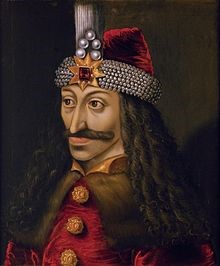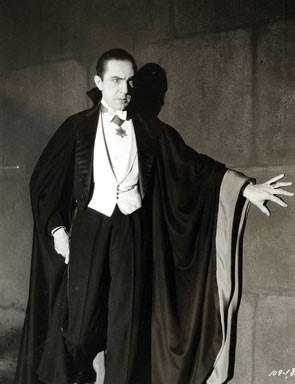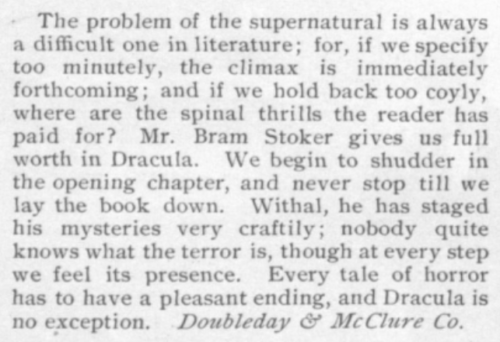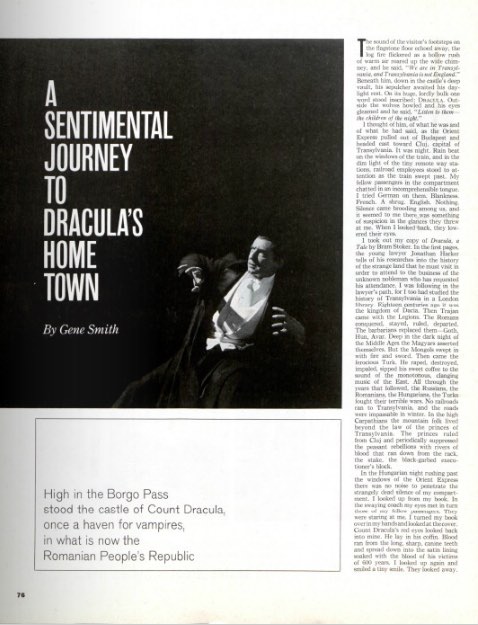Happy Birthday, Count Dracula!
Count Dracula lives — at least his legend does. Since his first appearance in Bram Stoker’s novel, Dracula, in 1897, he has continually scared generations of readers and moviegoers for 120 years.
Dracula is the most successful of a long line of vampires. His literary forebears stretch back to the vampires that appeared in stories and poems of the early 1700s. But it is Count Dracula who has become the quintessential vampire in the popular imagination.
Stoker was inspired to write his novel by an 1885 essay about the superstitions of Transylvania. It described how, according to legend, the vampires of central Romania lived, bred, and were killed.
Stoker also drew on the stories of Vlad Dracula, a ruthless prince of the Wallachia region, which later became part of Romania. The famed 15th century warrior-prince earned the unpleasant title “Vlad the Impaler.”

The personality of Count Dracula, however, was based on the famed actor Henry Irving. Stoker was Irving’s personal assistant, and he lived in awe and dread of the Victorian-era superstar. In Stoker’s book, he gives the count the austere, haughty, manipulative manner that Stoker endured in his work with Irving.
Dracula was adapted for film in 1931. The count was portrayed by Hungarian-born Bela Lugosi, who gave him a convincingly foreign and appropriately creepy character. Lugosi had successfully played the count on Broadway, but his movie performance was enhanced by atmospheric scenery, dramatic lighting, and close-ups of Lugosi’s expressions. The actor’s heavy Hungarian accent became so closely associated with the character that it is still instantly recognizable, even in a bad imitation.

Stoker never enjoyed financial success from Dracula. But the critics praised it, as did the Saturday Evening Post’s reviewer in 1900, the year after Dracula’s American publication.

In Stoker’s book, the count hailed from Transylvania, a region in central Romania. The book and movie have made it undoubtedly the most famous of all Romanian regions but have forever linked it to the Dracula legend.
Dracula’s significance to the region was lost on Transylvanians during the communist era, from 1944 to 1989. In 1965, Post contributor Gene Smith traveled there to visit the setting of Bram Stoker’s book. As he learned, there was little room for such bourgeois fantasies. When Smith asked his tour guide what she knew about Count Dracula, she shocked him by asking, “Who is Dracula?” When he told her, she dismissed such a silly notion. “We have no counts in the Romanian People’s Republic.”
Today, Romania is a sovereign state in the European Union. Freed from communist restraint, the locals are ready to cash in on Dracula tourism. It’s nice to know the count is welcome in his hometown in time for his 120th birthday.

Featured image: Wikimedia Commons